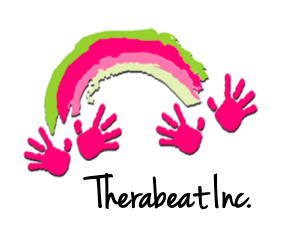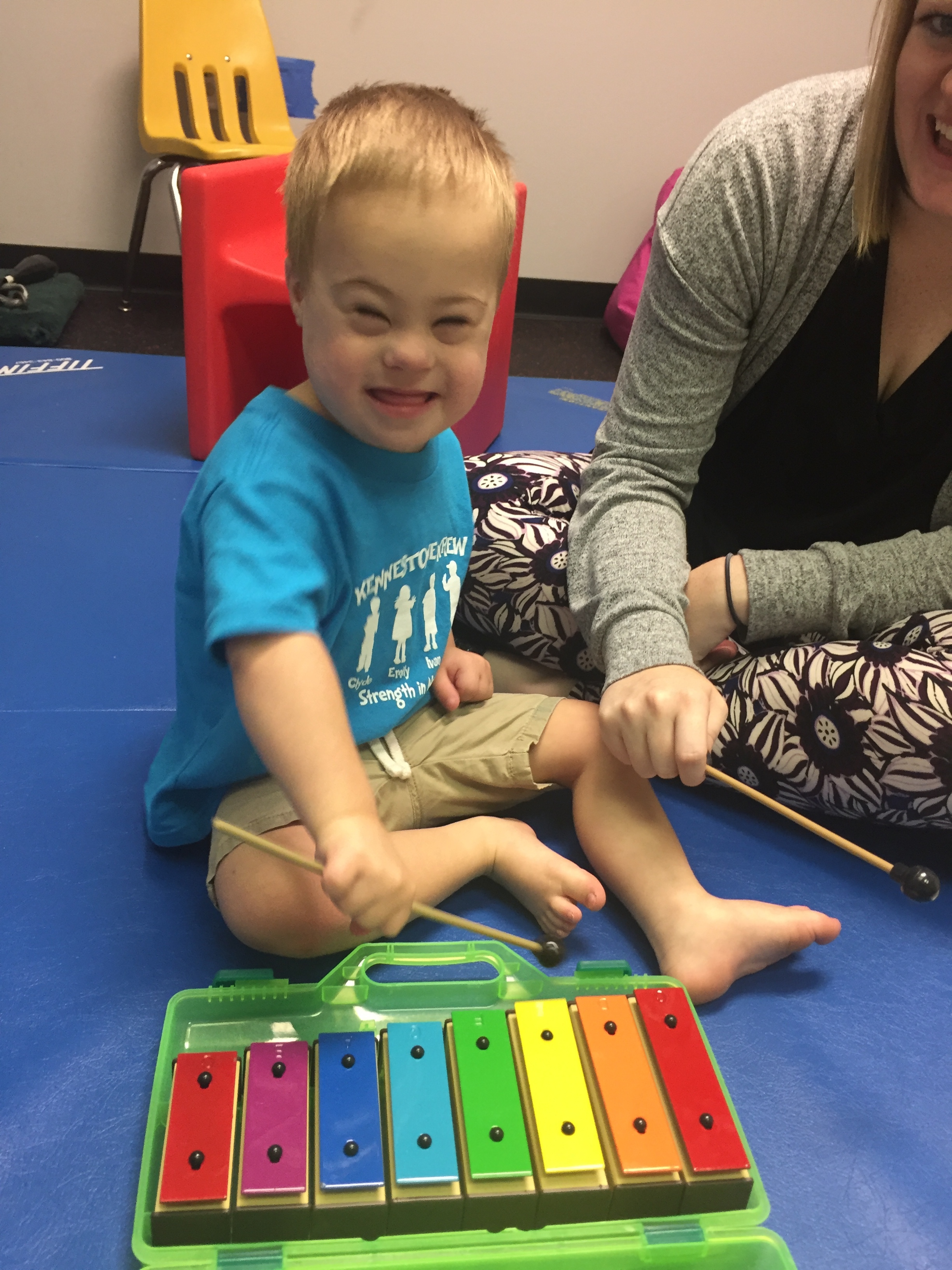Mark Greenspan developed a specific method of floortime therapy to interact with children with autism and developmental disabilities. It is all about meeting the child where they are and letting them guide the interaction between adult and child. There are six stages that Greenspan developed in order to aid development.
· Stage 1: Self-regulation and Shared Attention
o The child must be able to regulate in the environment in order to enter the world of shared attention with the adult.
o The adult engages the child using hearing, touching, looking and movement.
· Stage 2: Engagement and Relating
o The adult interacts with the child and engages emotionally with them while they play encouraging pleasure they receive from the interaction.
o Establishing relationships with the adult is important for the child to help support the development of motor planning, language, and positive attitudes towards learning.
· Stage 3: Two-way Intentional Communication
o This stage is where the child takes the lead and communicates wants, interests, and needs through exchanges with the adult.
· Stage 4: Purposeful Complex Problem Solving Communication
o The adult continues the communication from the child by going with the ideas they are presenting and following through on them (going to the door when the child leads you there and asking what they will go get).
· Stage 5: Creating and Elaborating Symbols (ideas)
o This stage focuses on playing with the child in a way that they can transfer later into the real world. Establishing relationships and fixing problems in play will later help them connect that to their life.
· Stage 6: Building Bridges Between Symbols (ideas)
o This is when the child is challenged to differentiate between different feelings, thoughts and actions. Creating play or a drama that has a beginning, middle, and end will help the child make sense of themes or ideas that may be fragmented.
In our music therapy sessions, we think about the levels of play in order to ensure the session has a good flow. Incorporating the floortime stages into our sessions can be beneficial to help guide our interactions with our clients to encourage success.
Source: Greenspan, S, & Wieder, S. (2003). Climbing the symbolic ladder in the DIR model through floor time/interactive play. The National Autistic Society: 7(4), pgs. 425-435.
--Lauren Booke, Music Therapy Intern








